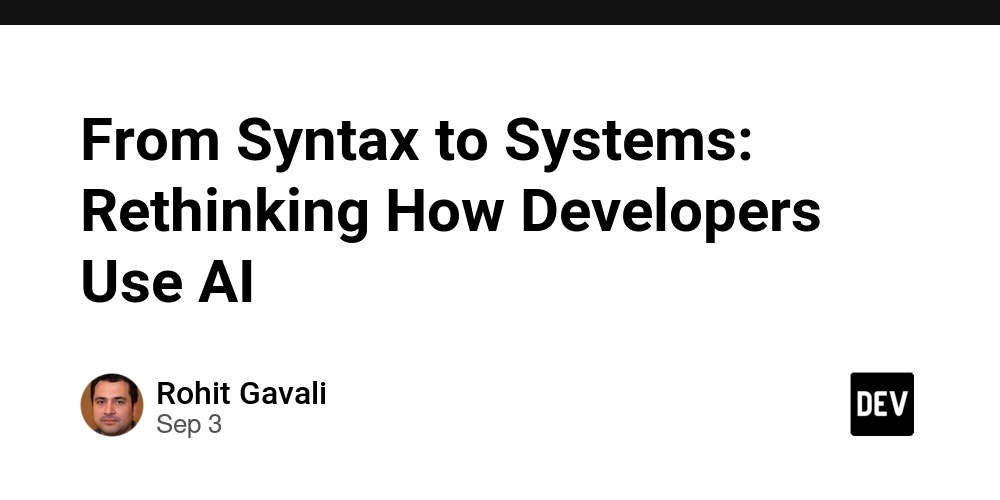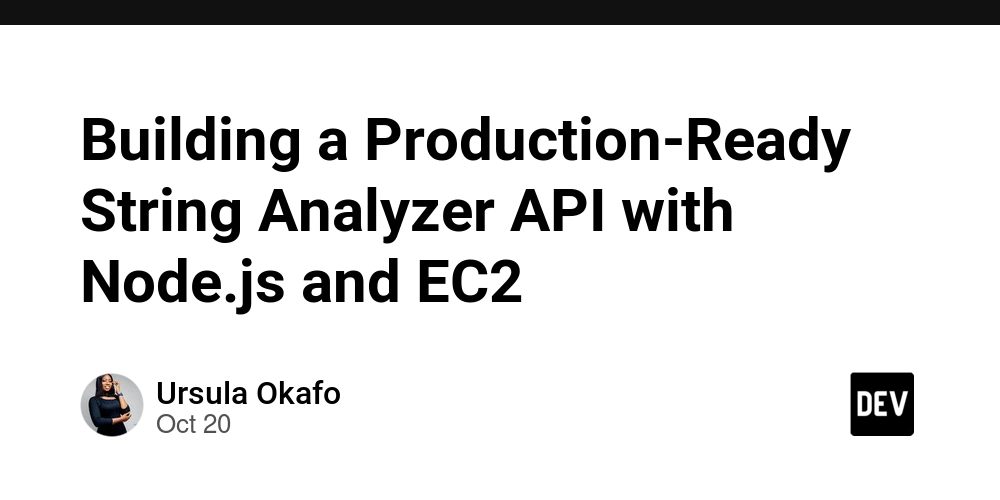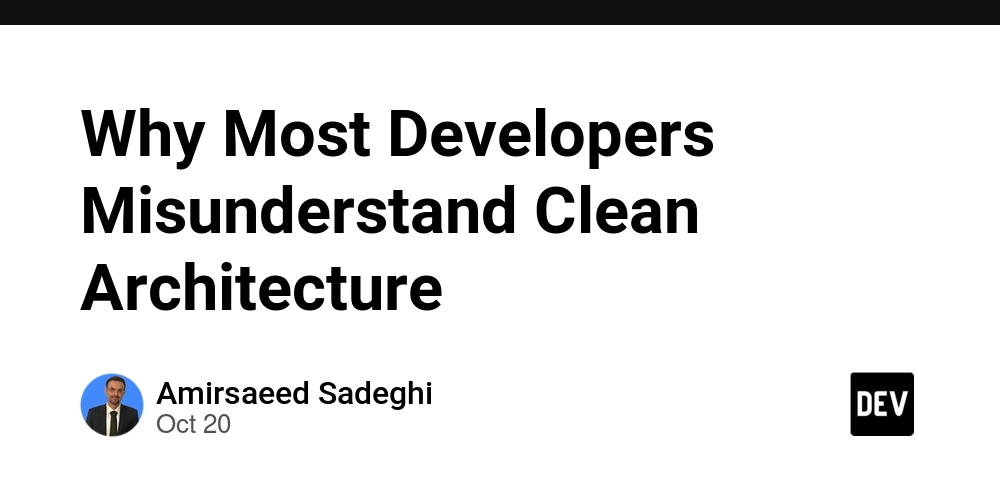The cursor blinks. The prompt box waits. You type: “Write a React component that fetches user data and displays it in a table.”
Thirty seconds later, you have working code. Copy, paste, commit. Ship it.
This is how most developers use AI today. As a syntax machine. A glorified autocomplete that speaks JavaScript instead of just finishing variable names. And while you’re celebrating the speed, you’re missing something crucial: you’re training yourself to think smaller, not smarter.
The real power of AI for developers isn’t in generating boilerplate faster. It’s in fundamentally changing how we approach the messiest, most valuable parts of software engineering—the parts that can’t be copy-pasted from Stack Overflow.
The Autocomplete Trap
I watch developers treat AI like an advanced IntelliSense. They feed it specifications and expect implementations. They optimize for lines of code generated per minute rather than problems solved per hour.
This approach creates a dangerous feedback loop. The more you rely on AI for syntax, the less you engage with the underlying architectural decisions. The less you engage with architecture, the more you depend on AI to make those decisions for you. Eventually, you become a middle manager for code you don’t fully understand, debugging problems in systems you didn’t really design.
But here’s what’s happening beneath the surface: while you’re outsourcing implementation details, the real complexity of software engineering—the system design, the tradeoff analysis, the debugging methodology—remains untouched. And these are precisely the skills that separate senior engineers from code generators.
The developers who thrive in the AI era won’t be the ones who generate code fastest. They’ll be the ones who use AI to think more deeply about problems that matter.
Beyond Code Generation
Real systems thinking starts with better questions, not faster answers.
Instead of asking AI to write a caching layer, ask it to analyze the tradeoffs between different caching strategies for your specific use case. What are the memory implications? How does each approach handle cache invalidation? What happens under high concurrent load?
Instead of generating error handling boilerplate, use AI to examine your current error boundaries and identify gaps in your observability strategy. Where are the blind spots in your monitoring? What types of failures would be invisible to your current logging approach?
Instead of building another CRUD endpoint, leverage AI to map out the data flow implications of your API design decisions. How will this endpoint perform when your user base grows 10x? What constraints does this create for future feature development?
The shift from “generate this code” to “help me think through this problem” changes everything. You’re no longer optimizing for speed of implementation. You’re optimizing for quality of reasoning.
Architecture as Conversation
The best AI sessions I’ve had weren’t about writing code at all. They were philosophical debates about system design, played out through iterative questioning and challenge.
I’ll describe a distributed system architecture and ask the AI to identify potential failure modes I haven’t considered. Not to generate monitoring code, but to stress-test my mental model against edge cases I might have missed. The AI becomes a thinking partner who never gets tired of “what if” scenarios.
When designing database schemas, I don’t ask for SQL DDL statements. I describe my domain model and ask the AI to identify potential normalization issues, scalability bottlenecks, or query performance problems. We iterate on the conceptual model until the implementation details become obvious.
For complex debugging sessions, I walk through my hypothesis-testing process with the AI, not looking for solutions but for gaps in my diagnostic reasoning. Where am I making assumptions? What data would definitively prove or disprove my current theory?
This conversational approach to AI transforms it from a code printer into a synthetic senior engineer—one who never gets impatient with your questions and never runs out of alternative perspectives to consider.
The Documentation Revolution
One of the most undervalued ways to use AI is as a documentation force multiplier. Not for generating API docs or README boilerplate, but for creating the kind of architectural documentation that actually helps humans understand complex systems.
Feed your codebase to Claude 3.7 Sonnet and ask it to explain the implicit architectural patterns it detects. What design principles seem to guide the codebase? Where do those principles break down? What would a new team member find confusing about the current structure?
Use GPT-4o mini to analyze your commit history and identify recurring categories of bugs or technical debt. What patterns emerge? What types of changes consistently introduce regressions? What does this tell you about your testing strategy or architectural assumptions?
The Document Summarizer isn’t just for processing external technical specs. Use it to analyze your own technical decisions over time. Upload old architectural decision records or design documents and ask for analysis of how your thinking has evolved. What assumptions turned out to be wrong? What tradeoffs aged better than expected?
This kind of reflective analysis, augmented by AI, creates organizational memory that most engineering teams completely lack.
Debugging as System Archaeology
Traditional debugging focuses on symptoms. AI-assisted debugging can focus on systemic causes.
When your application starts throwing mysterious 500 errors, don’t immediately ask AI to analyze your stack traces. Instead, use it to help you design a more systematic investigation approach. What additional logging would provide the most diagnostic value? How should you prioritize different hypothesis branches? What experiments would definitively isolate the root cause?
The Data Extractor becomes powerful when you use it not just to parse logs, but to identify patterns across different types of system telemetry. Correlation between application metrics, infrastructure metrics, and business metrics often reveals root causes that single-dimension analysis misses.
For legacy system maintenance, AI excels at helping you understand the implicit mental models embedded in old code. What business rules are encoded in this seemingly arbitrary validation logic? What performance assumptions are baked into this data structure design? What integration constraints are reflected in this error handling approach?
You’re not just fixing bugs—you’re reconstructing the archaeological layers of technical decisions that created the current state.
The Judgment Question
The uncomfortable reality is that AI makes the craft aspects of programming less valuable while making the judgment aspects more critical. Anyone can generate syntactically correct code now. Not everyone can decide what code should be written in the first place.
This shift requires a fundamental reorientation of how we think about skill development. The value isn’t in knowing more syntax patterns or framework APIs. The value is in developing better intuition for system behavior, sharper analysis of technical tradeoffs, and clearer communication of complex architectural concepts.
AI amplifies whatever approach you bring to it. If you approach it as a code generator, you’ll become dependent on it for implementation while remaining weak at architectural reasoning. If you approach it as a thinking partner, you’ll develop stronger engineering judgment while using AI to explore more sophisticated solution spaces.
The developers who thrive won’t be the ones who prompt AI most efficiently. They’ll be the ones who ask AI the most valuable questions.
Tools for Thinking, Not Just Building
The most powerful AI applications for developers aren’t in the IDEs. They’re in the thinking tools that help you work through complex problems before you write any code at all.
Use Mind Mapping Tools to visualize system relationships and data flow dependencies. Map out the conceptual model before you worry about implementation details.
Leverage Research Paper Summarizers to stay current with distributed systems research, performance optimization techniques, or security best practices without drowning in academic literature.
Deploy Trend Analyzers not to chase the latest JavaScript framework, but to understand deeper patterns in how software architecture is evolving. What are the underlying forces driving microservices adoption? How do different companies solve similar scalability challenges?
The goal isn’t to generate more artifacts. It’s to think more systematically about the problems those artifacts are meant to solve.
Beyond the Prompt
Most developers approach AI like a search engine with conversational UI. They input specifications and expect outputs. But the real leverage comes from treating AI as a collaborative thinking process, not a production pipeline.
The best AI interactions feel less like issuing commands and more like pair programming with someone who has infinite patience for exploring alternative approaches. Someone who never gets tired of “what if we tried this instead?” Someone who can hold multiple architectural possibilities in working memory simultaneously while you think through the implications of each one.
This collaborative approach requires a different relationship with uncertainty and iteration. Instead of trying to craft the perfect prompt that generates the perfect solution, you engage in an ongoing conversation that gradually refines both your understanding of the problem and your confidence in potential solutions.
You’re not optimizing for the shortest path to working code. You’re optimizing for the highest confidence in architectural decisions.
The Systems Mindset
The shift from syntax to systems isn’t just about using AI differently. It’s about fundamentally changing what you optimize for as a developer.
Instead of optimizing for implementation speed, optimize for architectural clarity. Instead of optimizing for feature velocity, optimize for system resilience. Instead of optimizing for individual productivity, optimize for team learning and knowledge transfer.
AI makes all of these higher-level optimizations more tractable. It removes the friction of exploring alternative approaches, reduces the cost of architectural experimentation, and accelerates the feedback loop between architectural decisions and their operational consequences.
But only if you use it to think more deeply about problems, not to think less about solutions.
The future belongs to developers who understand that the most valuable AI application isn’t generating code faster—it’s thinking about systems more clearly.
-ROHIT V.



